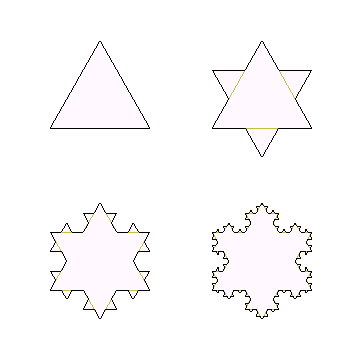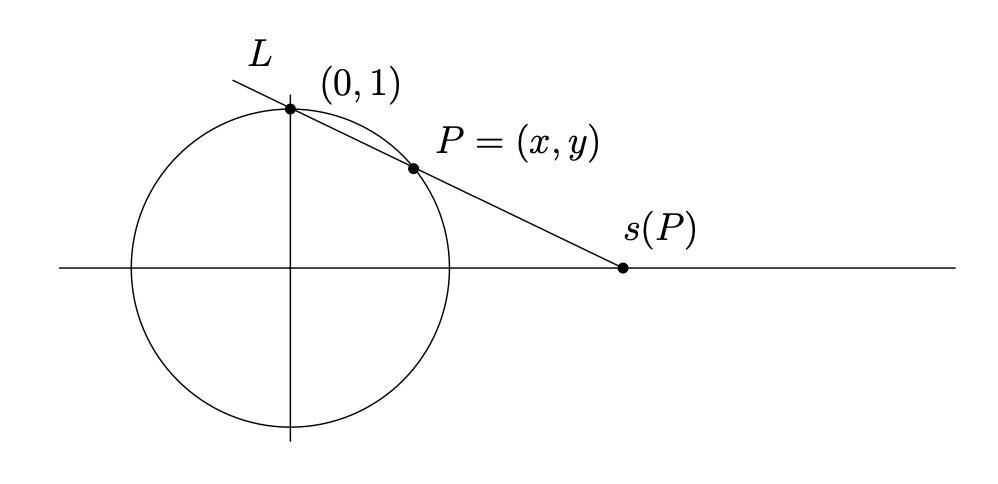1.
Consider the following true-life situation.
“I want to rent this room for the month of July,” he said. The clerk wheezed. He peered through the narrow slits of his bloodshot eyes, glaring through the murk of the humid dusty darkness of the fleabag lobby, and said, “for you—a deal.” “How much?” said the big guy, sweat trickling down his face, staining the collar of his dingy shirt which didn’t appear to have been washed in weeks. Noticing the telltale bulge of a revolver under the stranger’s dirt-stained jacket, the clerk replied, “First day—one cent. Second day—two cents. Third day—four. Every day it doubles.” The stranger’s face drew into a knot as he scrutinized the greasy poker-faced clerk. He said, “That’s nothin’. What’s the hitch?”
-
How much would the stranger pay on July 31st?
-
What would the bill be for the month of July?




